When you think minimalism, you think about keeping things simple, going back to the basics, and cutting out all the unnecessary frills. In the art realm, this concept encompasses a “bare bones” sort of style, without the distraction of excess trimmings.
It’s this form of art that National Gallery Singapore and ArtScience Museum have focused on for their new joint exhibition, Minimalism: Space. Light. Object. Touted as the “first survey of minimalist art” in the region, the five-month showcase features works from Southeast Asia and beyond, in an effort to highlight one of the most influential art movements of the 20th century.
About 150 works by more than 80 artists and 40 composers will be displayed across the two sites, starting from the Gallery, where the evolution of minimalist art takes visitors from the 1950s to present day. At the Museum, artistic tendencies of the movement are explored, with creations that make use of technology, walking the line between minimalism and science.
Apart from iconic pieces that have never been showed in this part of the world, the exhibition also includes three major new commissions by Sopheap Pich from Cambodia, Frederik De Wilde from Belgium, and Singapore’s very own Jeremy Sharma.
And, if you walk by the Gallery & Co dining area, you’ll see a completely different space transformed by British artist Martin Creed for his “Work No. 1343”. The restaurant project is presented for the first time in Asia, and no two items are the same, from the cutlery to the crockery to the furnishings.
Extending further to the performing arts, cinema, design, and fashion, performances and moving image works will feature on the line-up at both venues as well. Look out for programs like a one-night-only dance showcase by Tao Dance Theatre from China and sound art by more than 40 composers.
Here’s a glimpse of what to expect.
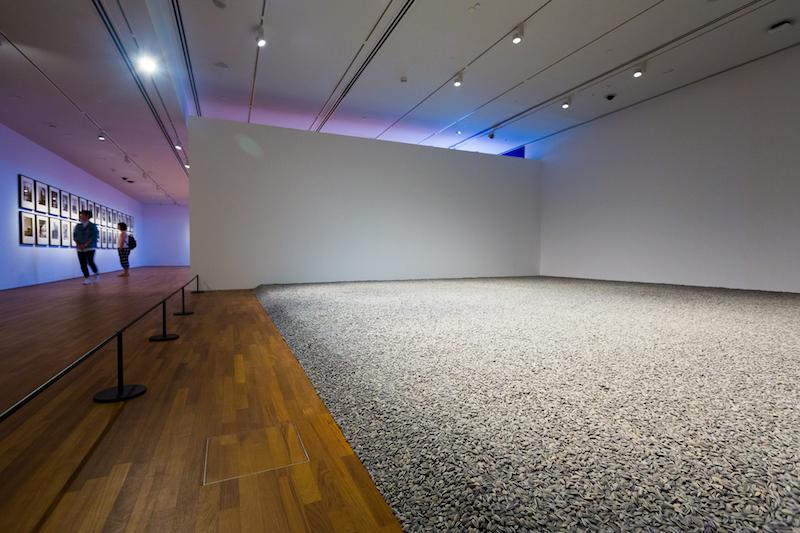


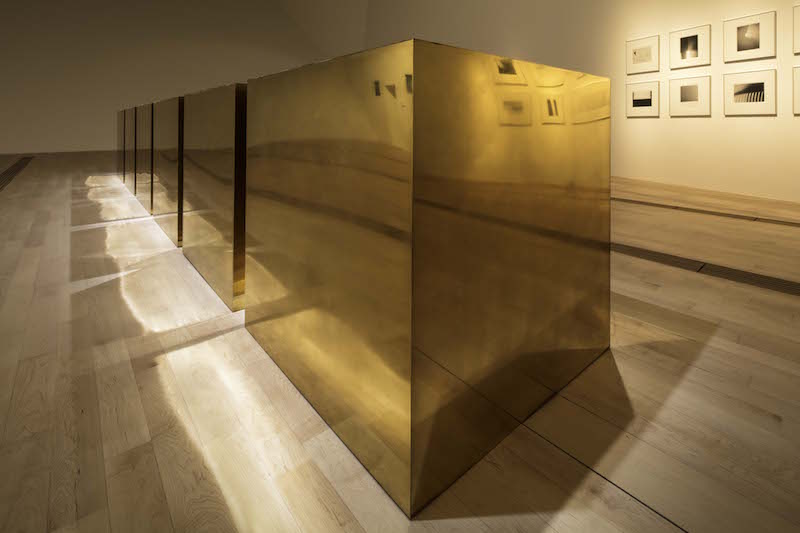
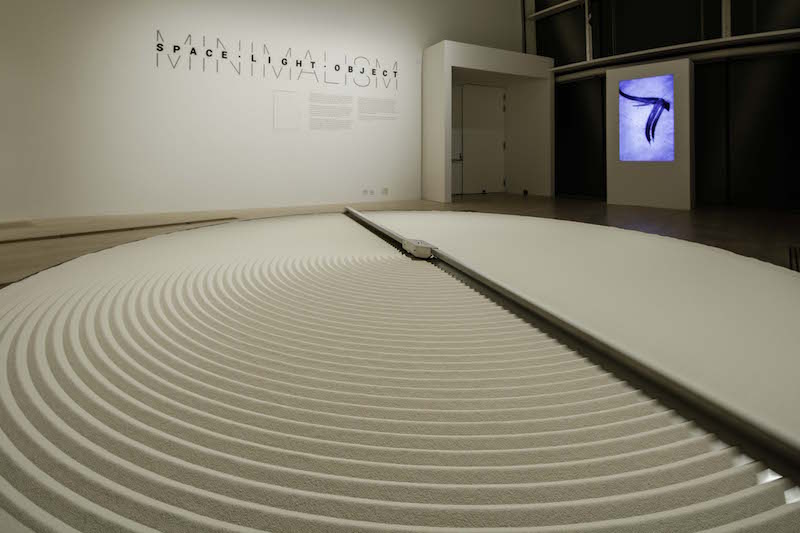
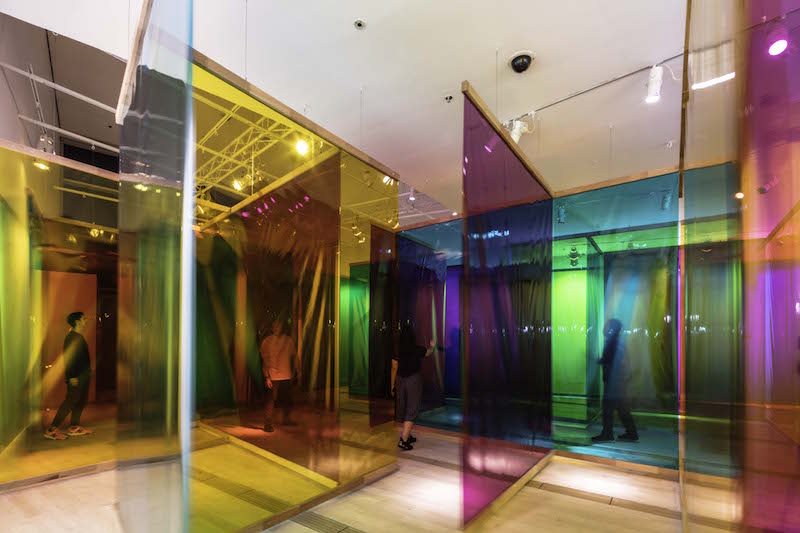
FIND IT:
Minimalism: Space. Light. Object. is on from now till Apr 14, 2019 at National Gallery Singapore and ArtScience Museum.
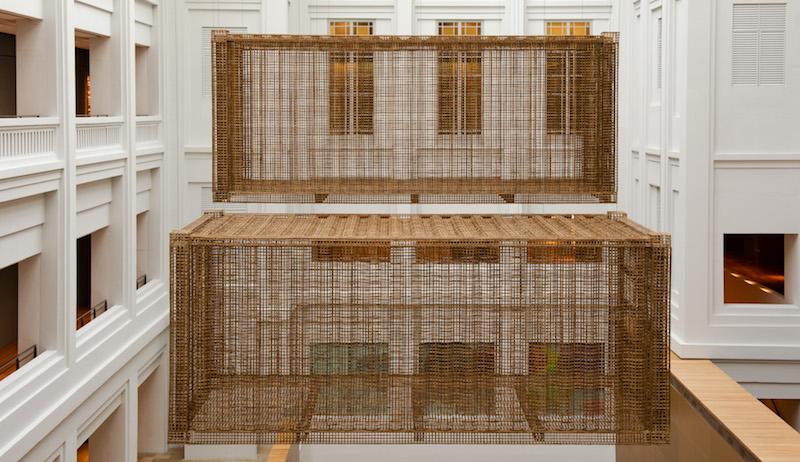




Reader Interactions